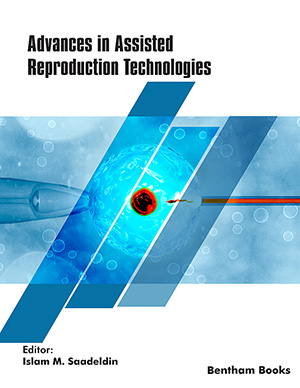Abstract
Transcription factors control the flow of genetic information from DNA to messenger RNA rendering understanding of their function highly important for the modulation and optimization of protein expression. Molecular and structural biology have provided a wealth of information for transcription factors, however, the dynamic processes underlying their activation are yet not fully understood. In this context, molecular dynamics (MD) simulations represent a computational method that is capable to supplement experimental data by providing atomistic information on protein dynamics. We applied MD simulations to supplement the structural information available for the transcription factor RfaH from Escherichia coli. RfaH consists of an N-terminal domain (NTD) and a C-terminal domain (CTD), which tightly interact with each other in the autoinhibited conformation of RfaH. Upon activation the CTD is released and undergoes a large-scale α → β structural transition. Investigation of RfaH under different environmental conditions revealed that not only high temperatures, but also a decrease in ionic strength significantly enhances CTD dynamics. Despite this enhanced dynamics, none of the conditions investigated caused CTD dissociation suggesting that this process needs to be triggered by the interaction with DNA or other proteins of the transcription machinery. Further, the N-terminus of the first CTD helix, which contains two glycines, was identified to exhibit rather large motions and we propose a set of mutations affecting the local dynamics and/or the strength of the NTD-CTD interactions. Taken together, this study presents computational strategies, which complement experimental approaches by providing detailed information about the dynamics of biomolecules.


























